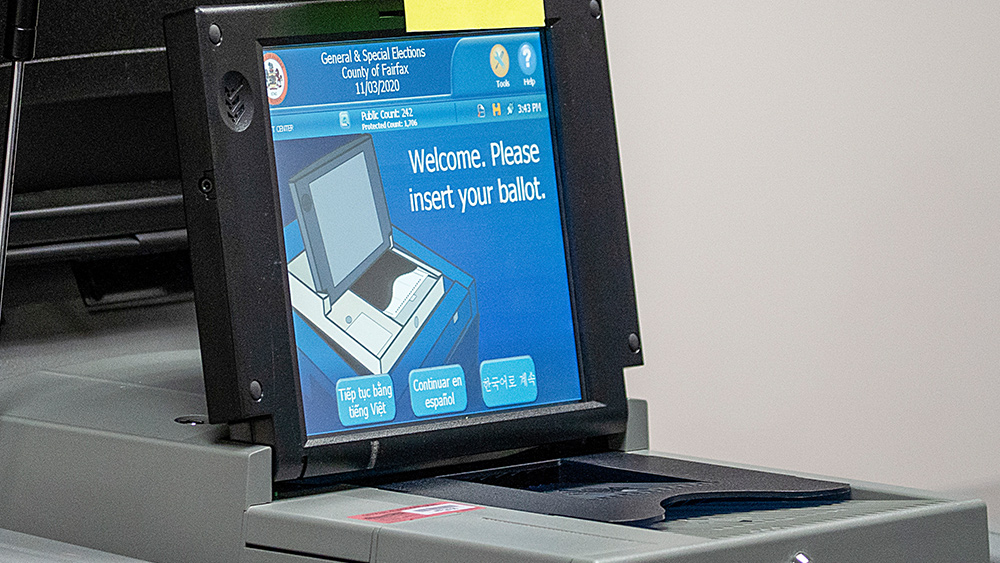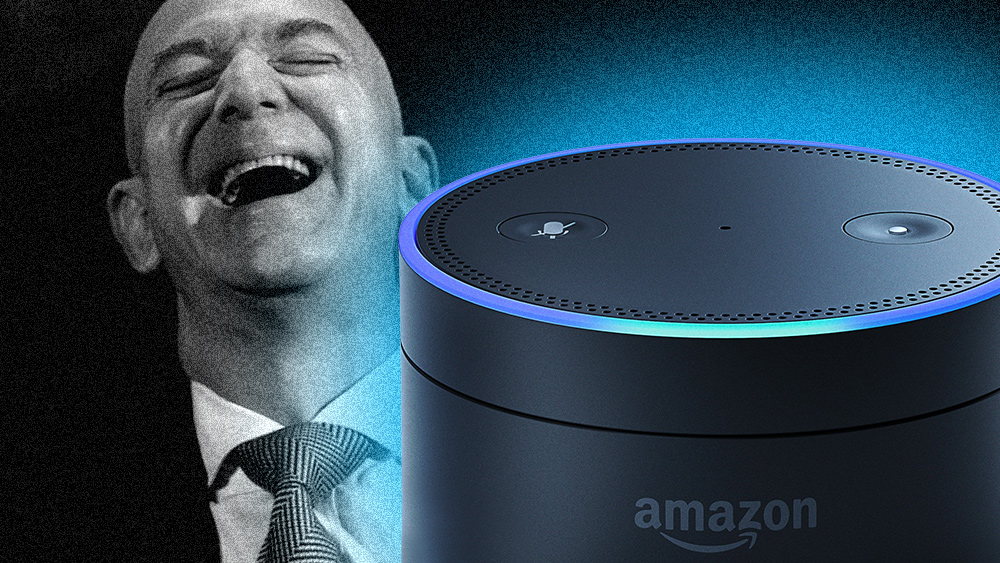SciFi or real life? Massive 5G-beaming drones set to take over world’s skies
11/03/2020 / By Cassie B.

Until recently, it was possible to avoid living within range of a cell tower. However, with the advent of 5G, small cell towers are popping up every couple of houses in some neighborhoods. Making matters even worse, some companies are working on massive drones that beam 5G down onto the population, making exposure essentially inevitable.
The HAWK30 program made waves last year when it announced its intention to use the Hawaiian island of Lanai to serve as the launchpad for a series of unmanned drones known as HAPS, or High-Altitude Platform Stations. These drones are capable of flying at up 80,000 feet while carrying wireless communication relays and sending 5G signals out into the air, land and sea.
The goal, as outlined in their Use Determination Application, was to develop airborne overhead 5G communication systems to offer strong wireless service across a wide swath of Earth, including remote lands, the ocean and in deep valleys.
This project has been given a certificate of authorization from the Federal Aviation Administration that will allow the drones to fly for up to two years across an airspace spanning 150 square miles over the beautiful islands of Lanai and Kahoolawe and the Molokini crater, along with the hundreds of tropical fish species living in the surrounding waters.
Each of these drones broadcasts the same amount of radiation as 1,800 cell towers. The HAPS reportedly operates as a cell site with coverage spanning a diameter of 124 miles, irradiating all forms of life within its range.
Last month, Alphabet, the parent company of Google, announced together with the Japanese tech giant SoftBank that they had run a stable LTE connection using a HAWK30 Sunglider solar-powered drone 62,000 feet above ground in the stratosphere. The connection was reportedly good enough to carry an international video call between participants from America and Japan. A connection speed was not disclosed, but the call took place in high-definition and with low latency.
HAPSMobile provided the Sunglider, an autonomous drone that has the ability to stay up in the air for several months. The slow-moving aircraft, which is designed for endurance instead of speed, can linger way up in the stratosphere above commercial airline flights and recharge its batteries using the sun. The test was the world’s first using a fixed-wing autonomous aircraft, according to HAPSMobile.
Companies planning to beam 5G across the UK
Meanwhile, a pair of UK firms recently announced that they plan to use antenna-equipped aircraft run on hydrogen to beam 5G signals across the UK. They say that they could cover the entire country with roughly 60 drones and would do it in partnership with mobile operators, the BBC reports.
5G technology has been shown in studies to emit radiation at levels that humans have never been exposed to before, and we simply don’t yet know what the long-terms effects could be. What we do know, however, is that its predecessors, 4G, 3G and 2G, have all been linked to a host of health risks such as cancer, neurological disorders, reproductive harm and genetic damage. Some experts have even warned that the surface of the human body can draw 5G radiation in like an antenna. Its exponentially greater strength than 4G and use of massive MIMO make it especially risky.
In some cities, such as Brussels, 5G rollouts have been halted due to concerns about health risks. Soon, however, even people in rural areas will be unable to avoid it with drones flying overhead emitting this dangerous radiation.
Sources for this article include:
Submit a correction >>
Tagged Under:
5g, 5g radiation, drones, HAWK30, Orwellian, radiation, surveillance
This article may contain statements that reflect the opinion of the author
RECENT NEWS & ARTICLES
COPYRIGHT © 2017 INFORMATIONTECHNOLOGY.NEWS





















